Kirtan (Kīrtan/ कीर्तन) is a devotional practice of chanting or singing the glories of Bhagawan. As defined in the Bhakti Rasamrit Sindhu:
नाम-लीला-गुणदीनां उच्चैर भाषा तु कीर्तनम्।
nāma-līlā-guṇadīnām uchchair-bhāṣhā tu kīrtanam
(BRS 1-2-145)
Meaning: "Singing the glories of the Names, Forms, Qualities, Pastimes, Abodes, and Associates of God is called kirtan."
Bhakt Prahlad says,
श्रवणं कीर्तनं विष्णो: स्मरणं पादसेवनम् ।
अर्चनं वन्दनं दास्यं सख्यमात्मनिवेदनम् ॥
śravaṇaṃ kīrtanaṃ viṣṇoḥ smaraṇaṃ pādasevanam,
arcanaṃ vandanaṃ dāsyaṃ sakhyamātmanivedanam
Bhagavat (7-5-23)
Meaning: "There are nine methods to cultivate your devotion to God, and one of them is kirtan or chanting."
This involves externally singing God's Names, Pastimes, or Attributes while internally practising loving remembrance or Roopadhyan (meditating on the Form of God). Chaitanya Mahaprabhu emphasised this form of devotion, considering it the most accessible for those living a family life. One can chant God's Name anywhere, at any time, without any restrictions. Mahaprabhu syas,
पशु पक्षी कीट आदि बोली ते न पारे, शुनि लेइ हरि नाम तारा सब तरे।
जप ले ते हरी नाम, आपनी ते तरे, उच्च संकीर्तन पर उपकार करे।।
paśu pakṣī kīṭa ādi bōlī tē na pārē, śuni lē'i hari nāma tārā saba tarē.
japa lē tē harī nāma, āpanī tē tarē, ucca saṅkīrtana para upakāra karē.
Meaning: "Animals, birds, insects, and other beings, although unable to speak, can attain liberation simply by hearing the divine name of Hari. Chanting the name of Hari brings liberation to the chanter, and loud sankirtan (congregational chanting) extends these benefits to others, the listeners."
The scriptures have consistently highlighted the significance of kirtan.
कृते यद्ध्यायतो विष्णुं त्रेतायां यजतो मखै: ।
द्वापरे परिचर्यायां कलौ तद्धरिकीर्तनात् ॥
kṛte yad dhyāyato viṣhṇuṁ tretāyāṁ yajato makhaiḥ
dvāpare paricaryāyāṁ kalau tad dhari-kīrtanāt
(Bhagavat 12-3-52)
Meaning: "In Satya Yug, people meditate on Vishnu. In Treta Yug, they worship with sacrifices. In Dvapara Yug, they serve. But in Kaliyug, liberation comes through singing His divine names."
This verse illustrates the progressive evolution of spiritual practices through the ages, culminating in the current age, Kaliyug, where the chanting of Bhagawan's names is the foremost means of attaining liberation and divine grace. Sankirtan, therefore, holds a central place in the lives of devotees. It facilitates a profound connection with Bhagawan through the joyous and communal act of singing His praises.
Importance of Kirtan
Kirtan is a powerful medium for connecting with the divine, transcending the limitations of mind and intellect. By chanting Bhagawan's divine names and glories, devotees experience a sense of unity and harmony, fostering a deep, personal relationship with God. Kirtan's repetitive and melodic nature helps quiet the mind, allowing practitioners to enter a meditative state where they can feel the presence of the divine more profoundly. This practice purifies the heart and evokes feelings of love, devotion, and surrender, essential for spiritual growth and God-realisation.
Saints such as Sant Tukaram, Meera Bai, Surdas, Tulasidas, Haridas, Chaitanya Mahaprabhu, and many others devoted their lives to the practice of Kirtan, demonstrating its profound impact on spiritual growth and inner peace. Chaitanya Mahaprabhuji says,
भजनेर श्रेष्ठ नवधा भक्ति ।
तार मध्ये सर्व श्रेष्ठ नाम सङ्कीर्तन ॥
bhajane śreṣṭha navadhā bhakti
tāra madhye sarva śreṣṭha nāma saṅkīrtana |
Meaning: "The highest form of devotion is the ninefold bhakti. Among them, the most superior is chanting the divine names in sankirtan."
Tulasidas ji declared further,
जिन्ह हरिकथा सुनी नहि काना । श्रवन रंध्र अहि भवन समाना ॥
जो नहिं करइ राम गुन गाना। जीह सो दादर जीह समाना
jinha hari-kathā sunī nahi kānā । śravaṇa randhra ahi bhavana samānā ॥
jo nahi kara'i Ram gun gānā। jīha so dādar jīha samānā ॥
Meaning: "Those who have not listened to the stories of Hari, their ears are like the holes of a snake's burrow. Those who do not sing the glories of Ram, their tongue is like the tongue of a frog."
As the revered sage Narad Muni advised,
लोकेऽपि भगवद्गुणश्रवणकीर्त्तनात् ॥
loke'pi bhagavad-guṇa-śravaṇa-kīrtanāt
(NBD 37)
Meaning: "One achieves bhakti by hearing and chanting about the Supreme Lord's special qualities, even while engaged in the ordinary activities of life in this world."
This practice ensures that one's mind remains focused on the spiritual path, even amidst the distractions of daily life. The Bhagavad Gita further enjoins,
मन्मना भव मद्भक्तो मद्याजी मां नमस्कुरु |
मामेवैष्यसि युक्त्वैवमात्मानं मत्परायण: ||
man-manā bhava mad-bhakto mad-yājī māṁ namaskuru
mām evaiṣhyasi yuktvaivam ātmānaṁ mat-parāyaṇaḥ
(Gita 9-34)
Meaning: "Always think of Me, be devoted to Me, worship Me, and offer obeisance to Me. Having dedicated your mind and body to Me, you will certainly come to Me."
Unity in Devotion: Uplifting Souls and Enriching the Community
Importantly, Kirtan is an activity that brings people together, fostering a sense of community and shared devotion. When devotees gather to chant and sing in unison, they create a powerful collective energy that can uplift and inspire each participant. This collective experience helps individuals feel supported and connected to a larger spiritual family, enhancing their faith and commitment to their spiritual journey.
Additionally, the vibrations produced by Kirtan positively impact the environment, creating a sacred and peaceful atmosphere. In essence, Kirtan is not just a musical expression but a profound spiritual practice that nurtures the soul and cultivates divine love and awareness.
There are three methods of doing kirtan:
There are three methods of doing kirtan:
- Vyas method - When an aspirant listens to the glories of His names, pastimes and attributes silently from his heart.
- Narad method - When a devotee sings the kirtan and also plays an instrument to accompany himself, as Sage Narad, who played the Vīṇā (वीणा), does.
- Hanuman method - When a devotee dances while singing the glories of God as Hanumanji does.
A devotee can practice kirtan using any of these methods at any time according to his circumstances and choice.
Why We Must Engage in 48-Hour Kirtan
A 48-hour Akhand Sankirtan is a unique and transformative spiritual event. Engaging in continuous Kirtan for an extended period amplifies the spiritual benefits, creating an environment charged with divine energy. The uninterrupted devotion helps participants transcend their usual limitations, experiencing higher consciousness and deep spiritual joy.
The collective energy generated by a large group of devotees chanting together for 48 hours is immensely powerful. It not only purifies the immediate environment but also creates a ripple effect, spreading positive vibrations far and wide.
Engaging in Akhand Sankirtan also presents a beautiful opportunity for seva (service). As the Hindi saying goes, 'sone pe suhaga' (icing on the cake), Akhand Sankirtan allows us to offer seva to Hari-Guru through our body (tan), mind (man), and resources (dhan). We perform tan and man seva through Kirtan while donating to the JKYog fulfils dhan seva.
Click here to participate in the 48-hour Akhand Sankirtan Mahayagya from the 19th to the 21st of July 2024.
Engaging in Akhand Sankirtan also presents a beautiful opportunity for seva (service). As the Hindi saying goes, 'sone pe suhaga' (icing on the cake), Akhand Sankirtan allows us to offer seva to Hari-Guru through our body (tan), mind (man), and resources (dhan). We perform tan and man seva through Kirtan while donating to the JKYog fulfils dhan seva.
Click here to participate in the 48-hour Akhand Sankirtan Mahayagya from the 19th to the 21st of July 2024.

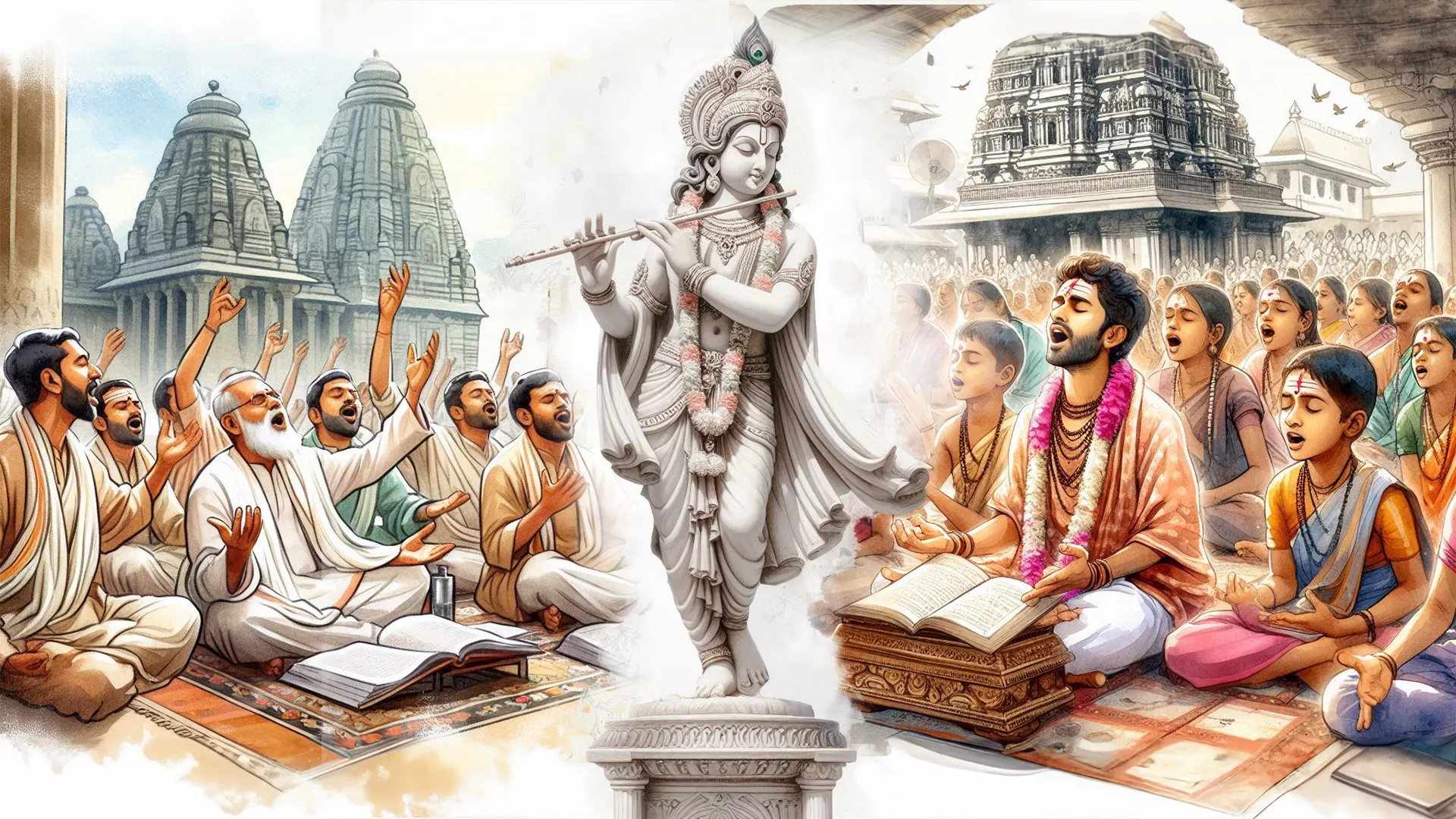

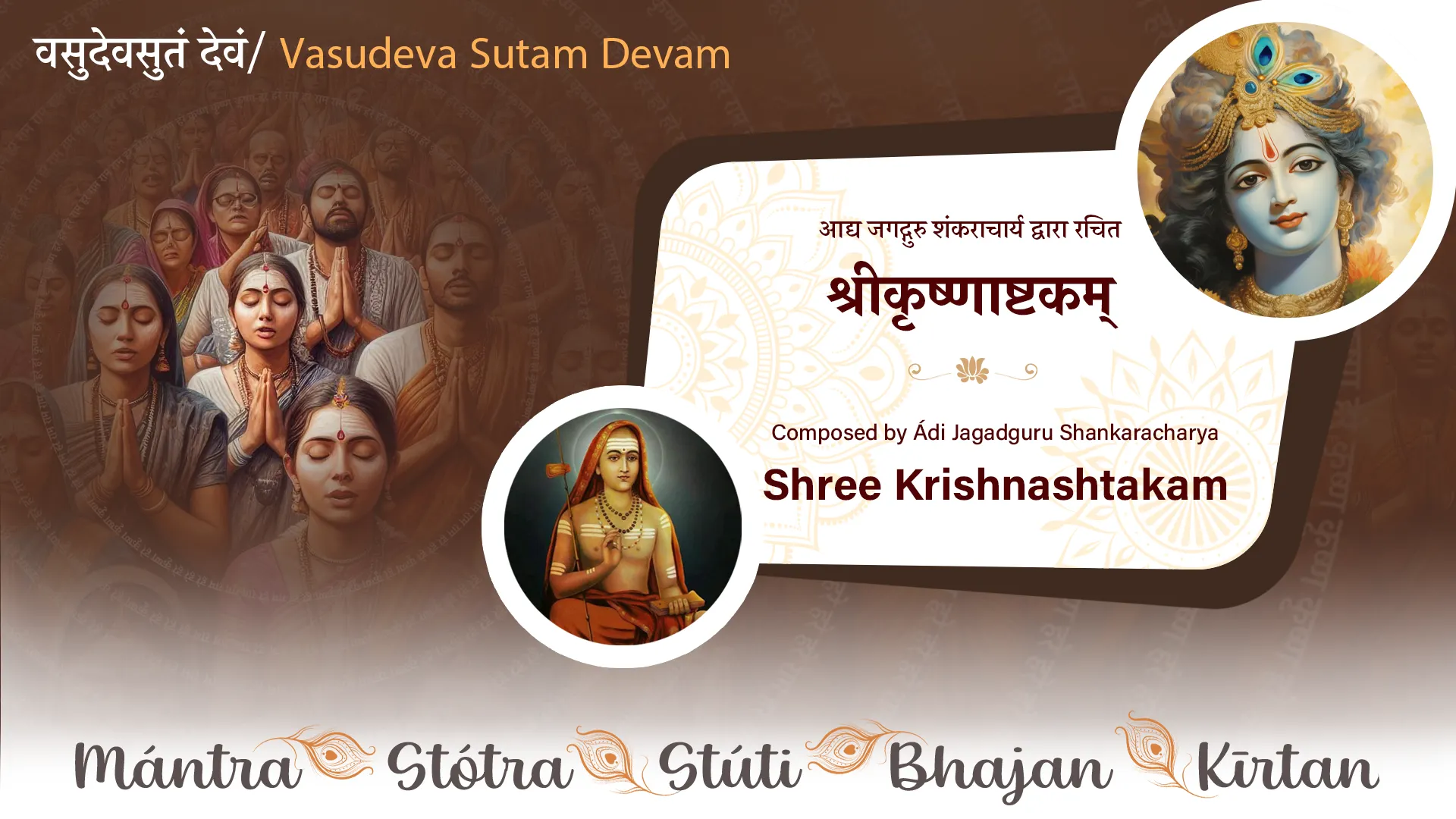
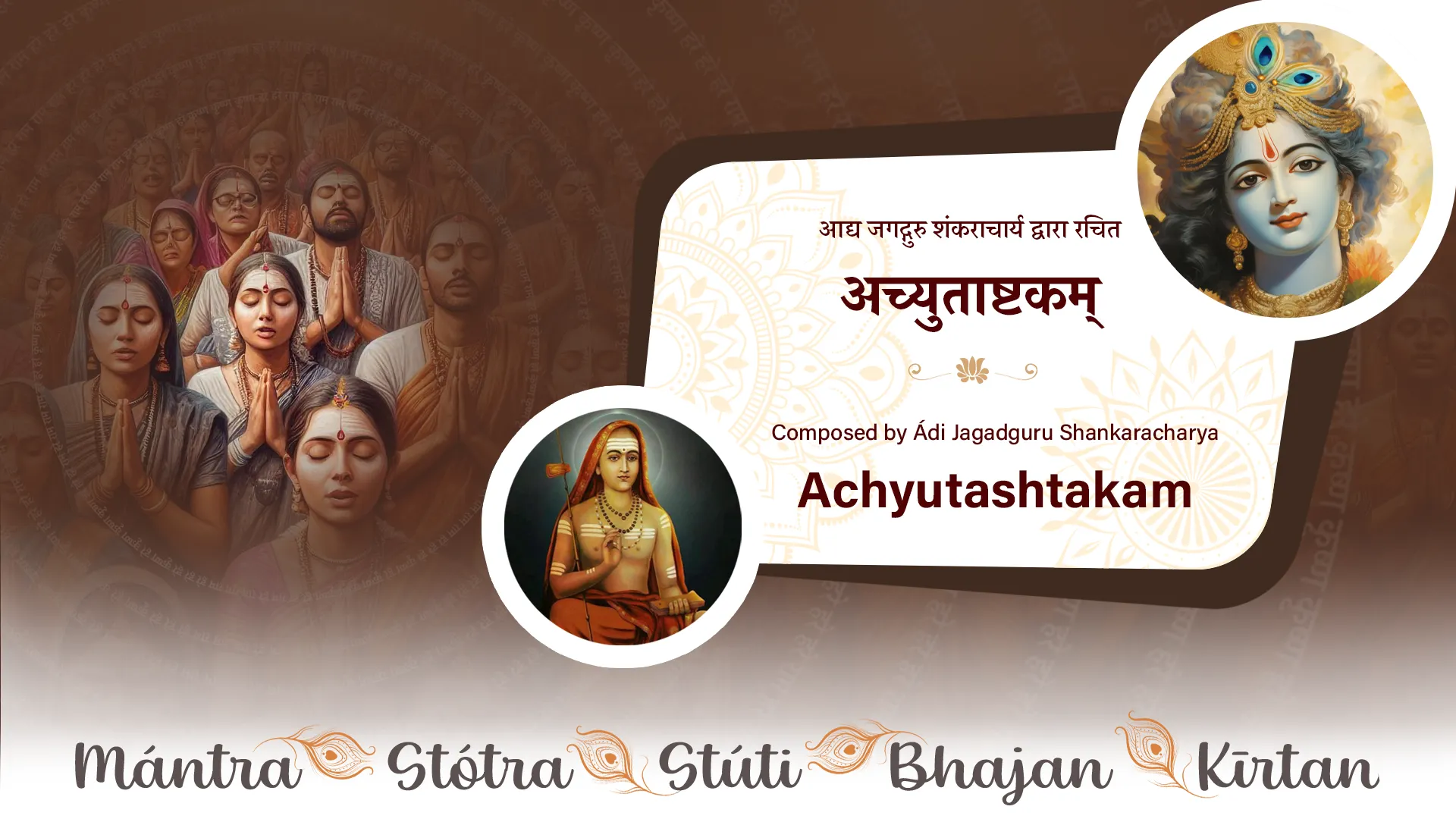

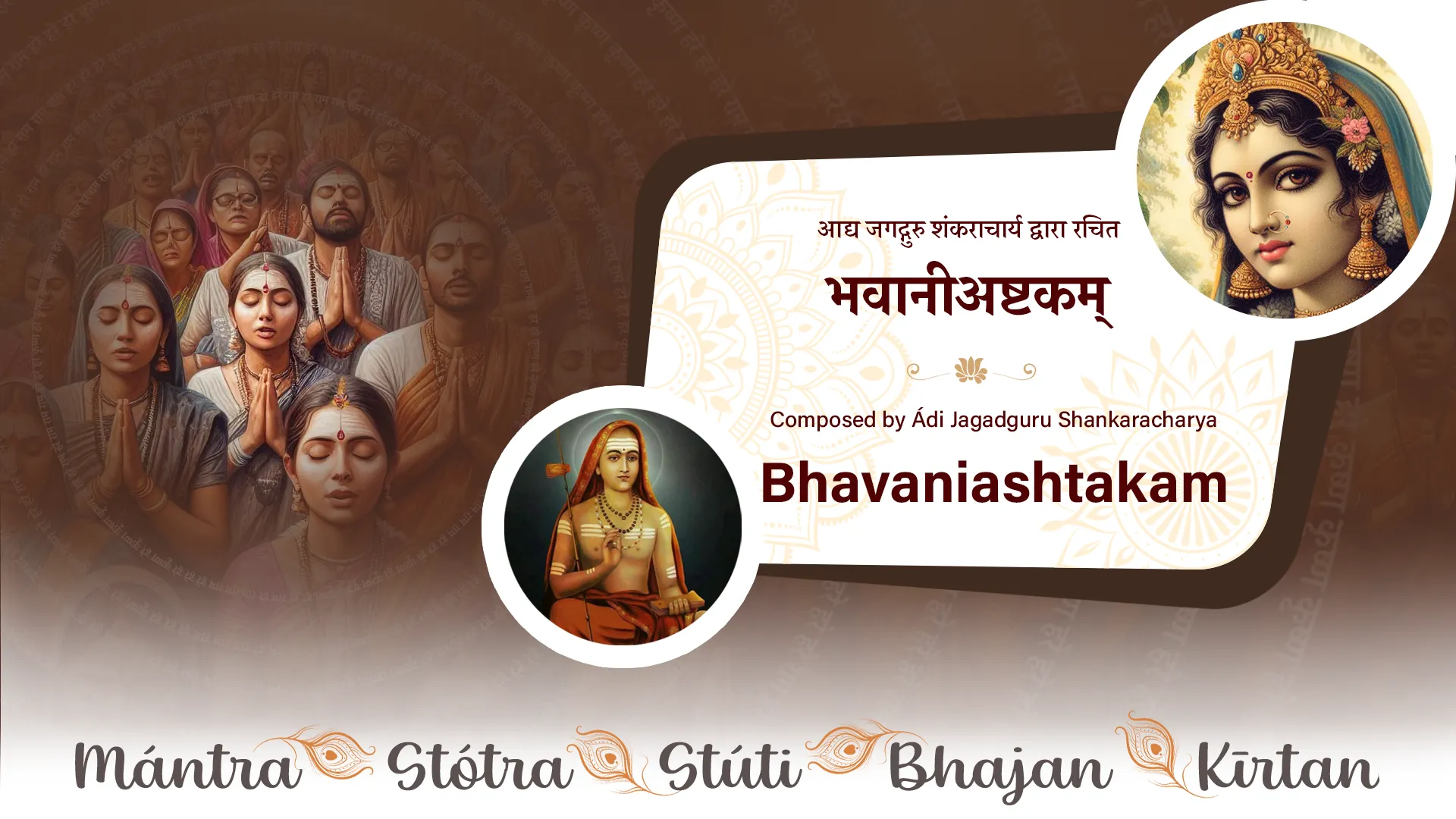
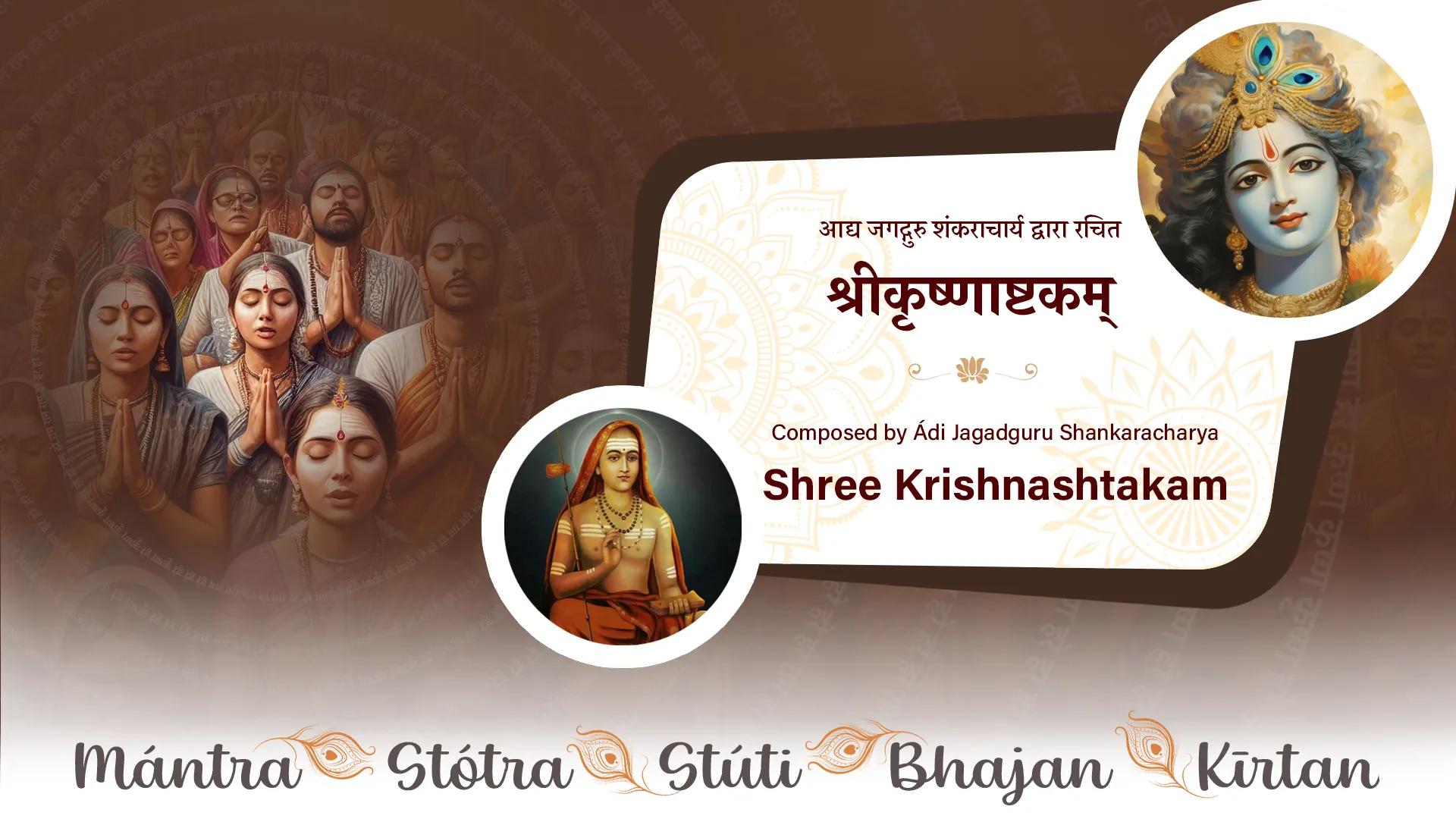
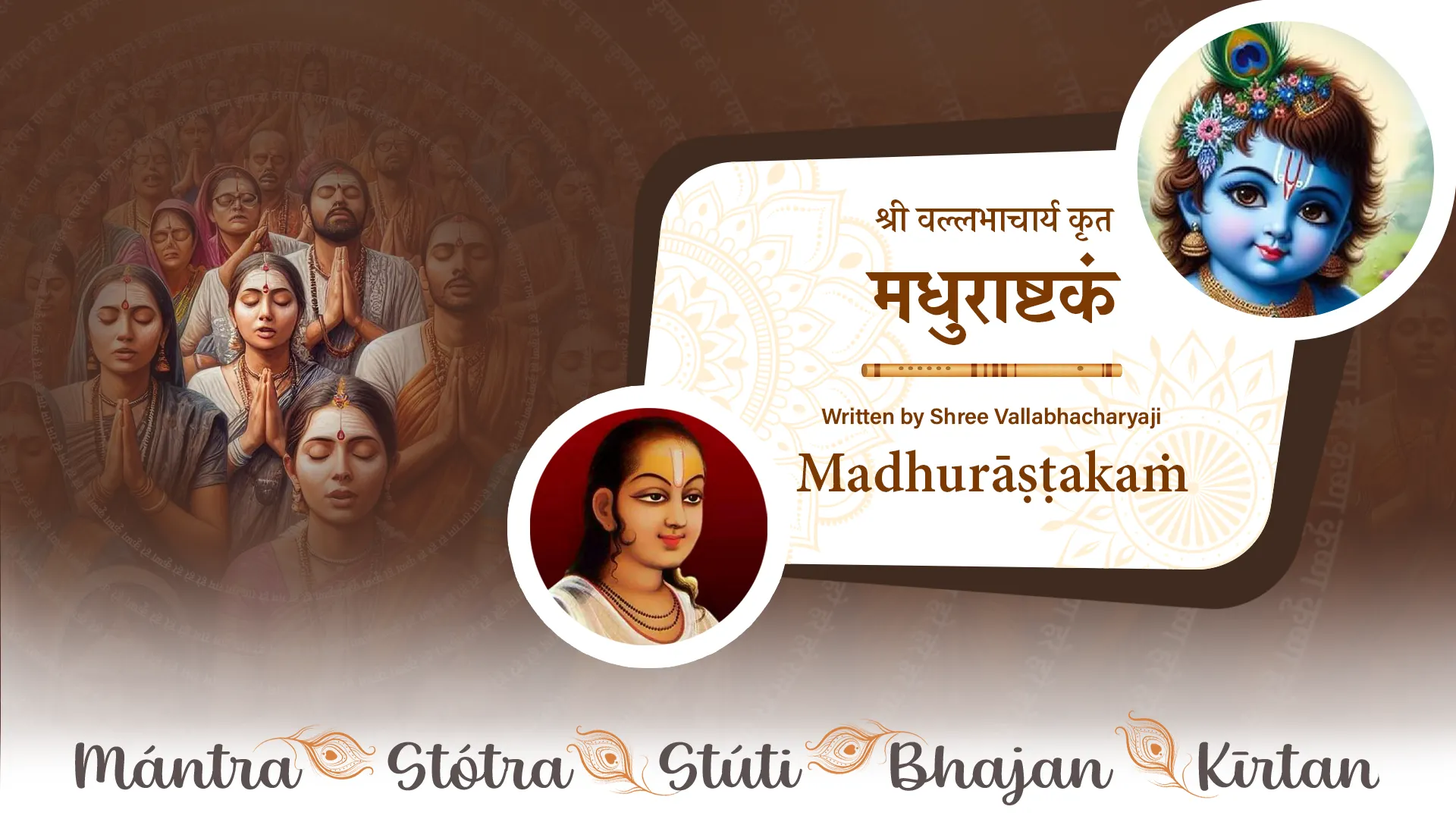
What our Participants say